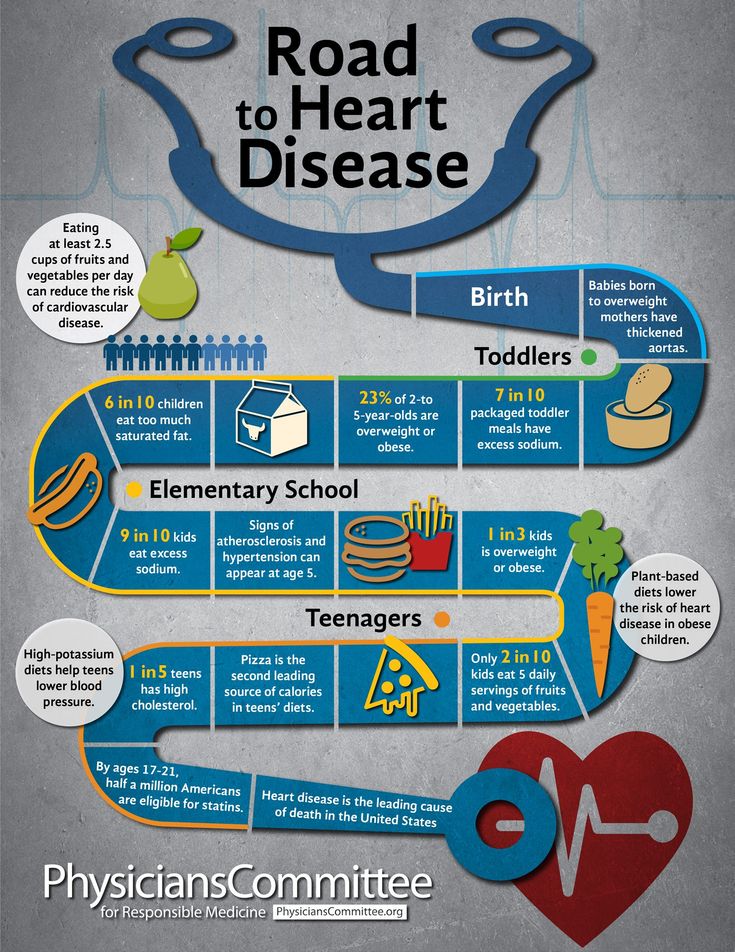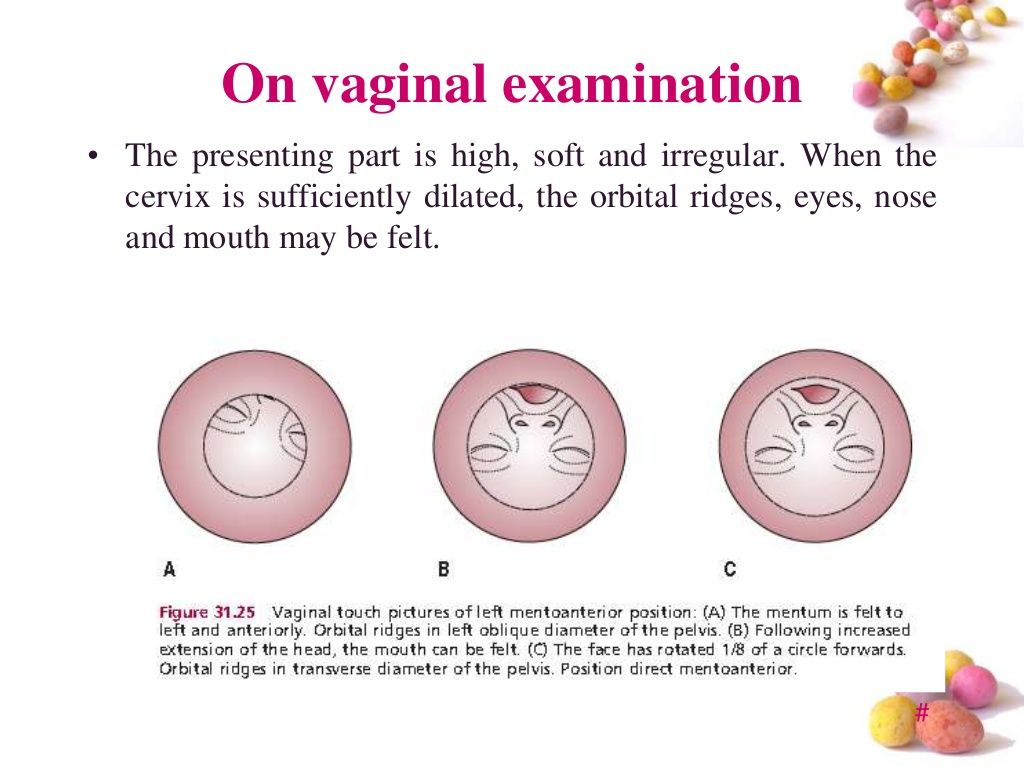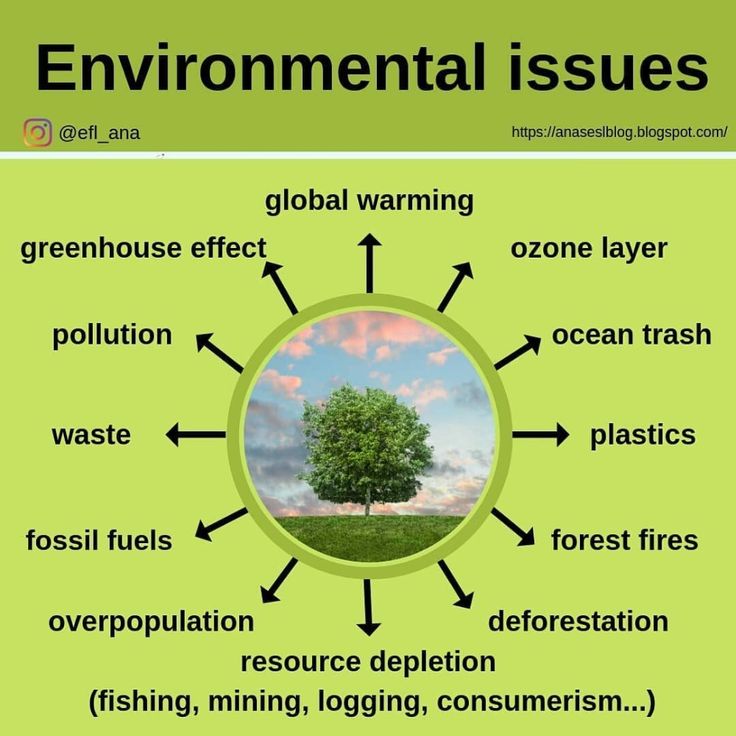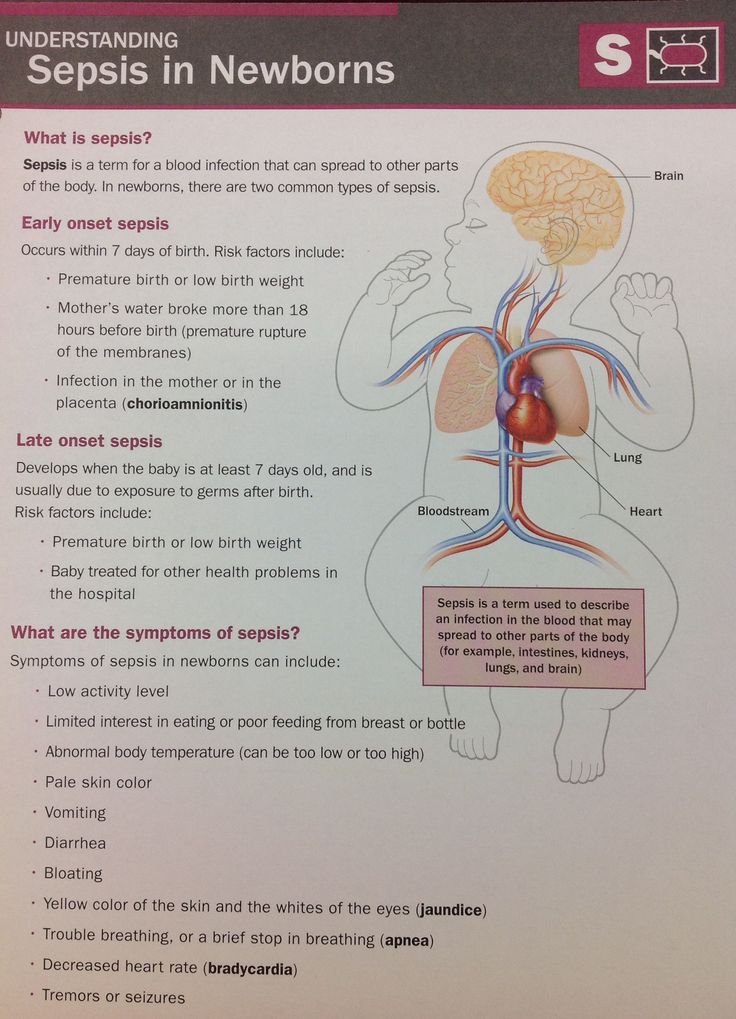Crying at birth
What Does it Mean if My Baby Doesn’t Cry at Birth?
A baby’s cry at birth tells the medical team that their lungs are healthy. Often parents will hear a doctor praise their baby’s cry, but does this mean that a baby who doesn’t cry at birth is not as healthy?
The science behind crying
Apart from the signature sound of a baby’s cry, there are many non-vocal elements of crying as well. Although crying seems like a very simple action, it actually involves the coordination of several complex elements: the musculature of the face; airways; and the respiration system.
A 2005 study found that the non-vocal elements of crying actually develop in the womb. In the study, vibroacoustic stimulation (applying a sound and vibration stimulus to the mother’s abdomen) was presented to 10 fetuses in the womb, and all of them showed fetal crying behavior as a response. They showed inhale and exhale patterns that mimicked post-womb crying, and they grimaced or frowned in the womb. The study revealed that, at 20 weeks gestation, the fetus has all of the motor skill coordination necessary for the non-vocal part of crying.
Crying directly after birth
When babies are delivered, they are exposed to cold air and a new environment, so that often makes them cry right away. This cry will expand the baby’s lungs and expel amniotic fluid and mucus. The baby’s first official cry shows that the lungs are working properly. However, the cry may be delayed because of a number of different factors, including a difficult delivery, a nuchal cord, etc.
When to worry
If a cry is delayed, it may not necessarily mean that the baby is not healthy. Your doctor may try to stimulate the baby’s first cry by drying the baby off or suctioning fluid out of their mouth or nose, if it doesn’t occur naturally.
If a delayed cry is accompanied by other emergency signs, the baby should be given immediate medical attention. These other elements of the evaluation of a newborn infant are measured using the Apgar score.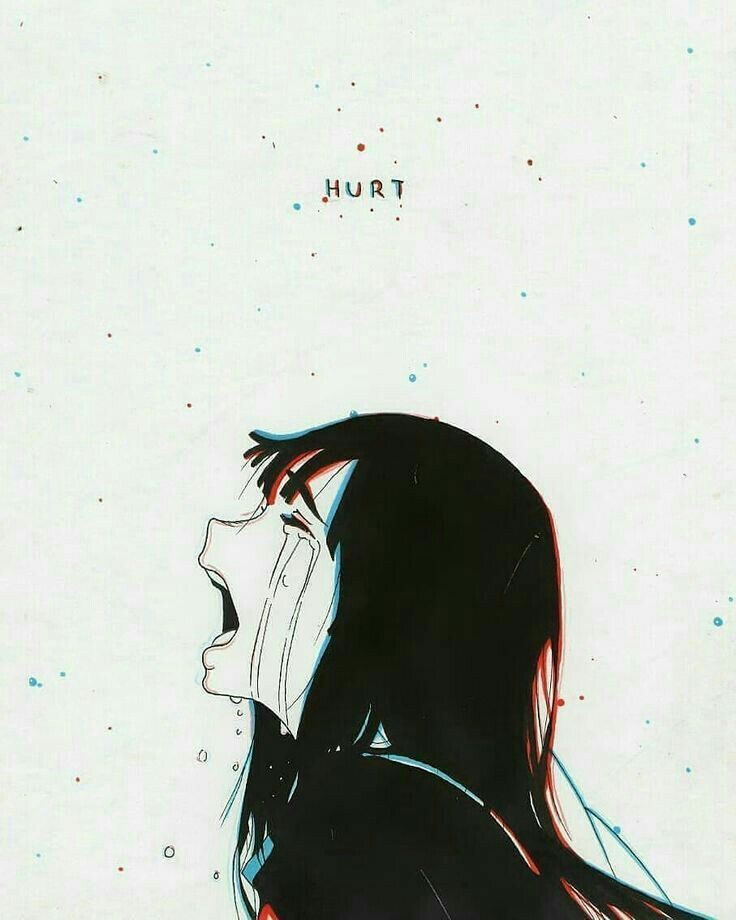
The parts of the Apgar score are:
A – Appearance (skin color)
P – Pulse (heart rate)
G – Grimace (reflex irritability/response)
A – Activity (muscle tone)
R – Respiration (breathing ability)
Each of the criteria is scored 0 – 2 (two being the best), and the total is found by adding all 5 scores together. Your doctor will usually do an Apgar test at one and five minutes after birth. Another Apgar test may be given at 10, 15, and 20 minutes if the initial score is low.
The scores can be broken down by severity of needed intervention.
A score of:
0-3 baby is in critical condition
4-6 baby likely needs immediate medical intervention
7-10 baby is within normal range but should still be monitored
Though a score above 7 is considered normal, a recent study showed that Apgar scores of 7-9 could still be associated with adverse outcomes. A score below 10 should still be monitored, even if it’s in the 7-10 range.
Disclaimer
ABC Law Centers is not run by medical professionals or associated with a medical facility. The above information should not be taken as medical advice. Always contact a medical professional when you are experiencing any of the above symptoms or any other concerning symptoms of pregnancy.
Sources:
- Gingras, J. L., Mitchell, E. A., & Grattan, K. E. (2005). Fetal homologue of infant crying. Archives of disease in childhood. Fetal and neonatal edition, 90(5), F415–F418. doi:10.1136/adc.2004.062257
- Is It Possible for Babies to Cry While Still in the Womb?
- Here’s What You Need To Know If Your Baby Doesn’t Cry When They’re Born
Share This Post
Why Do Babies Cry At Birth? The Answer Will Probably Surprise You
Life
Shutterstock
by Jennifer Parris
There’s nothing like hearing that first cry after your baby is born to reassure you that everything is okay. But have you ever wondered why babies cry at birth? Is it because they’re unhappy that they had to leave the warm womb to face the cold cruel world? Turns out, the answer is truly miraculous.
That first cry can be music to a new mommy’s ears. It signifies that the baby’s lungs have begun functioning outside of the womb, which is integral to a baby’s survival. Remember, a baby “breathes” in utero via its mother's placenta. “When a baby is in utero, amniotic fluid fills the air sacs within the lungs,” Dr. Ana Machado, a pediatrician, explains to Romper. “As the baby is being born and squeezes its way through the vaginal canal, pressure on the chest wall compresses it to literally squeeze the fluid out of the lungs.” Think of a baby’s lungs as being a sponge full of water — once the baby is born, all of that water now has to be replaced by air.
And that’s why a baby’s first cry is so critical.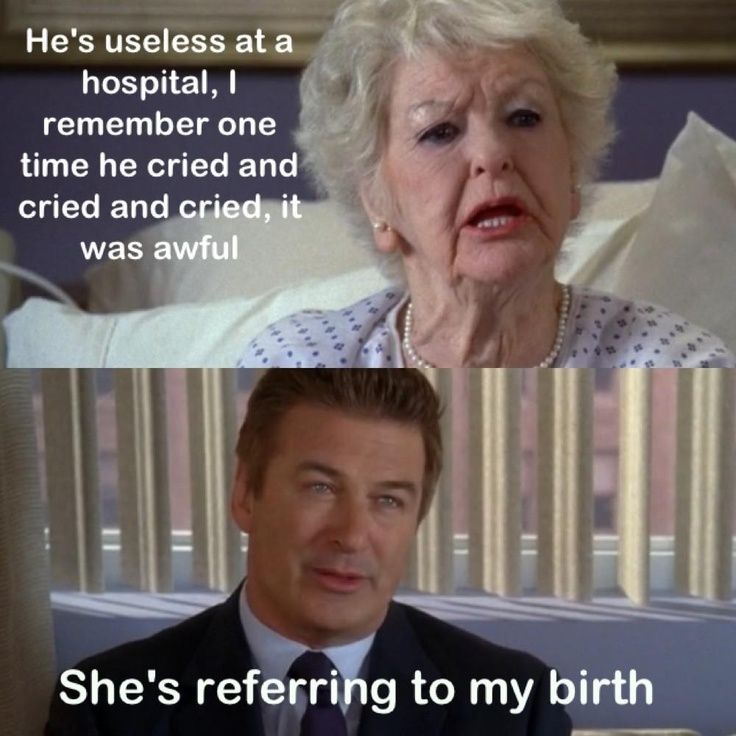 Says Dr. Machado: “It’s the first time that the lungs are actually being used to breathe air.” Although the first breath might be a short one, the exhalation of that breath (which is the baby’s first cry) tends to be longer, “because it’s the pressure forcing the air sacs open and getting that fluid out,” says Dr. Machado.
Says Dr. Machado: “It’s the first time that the lungs are actually being used to breathe air.” Although the first breath might be a short one, the exhalation of that breath (which is the baby’s first cry) tends to be longer, “because it’s the pressure forcing the air sacs open and getting that fluid out,” says Dr. Machado.
Your baby might not let out just one loud “wahhh” but several cries, depending on how much fluid he needs to expel from his lungs. “Your baby will cry as long as he needs to in order to start breathing normally,” says Dr. Machado. But if you thought that your baby cried at birth because he was upset that he had to leave his wonderful life inside the womb, think again. “Babies don’t cry initially because they’re complaining,” says Dr. Machado. “Within 5-10 minutes after birth, persistent crying could be a breathing issue, or sometimes, they are just cold.” Which is why there's always an infant incubator or radiant warming machine in delivery rooms, as a study in the journal Early Human Development explained.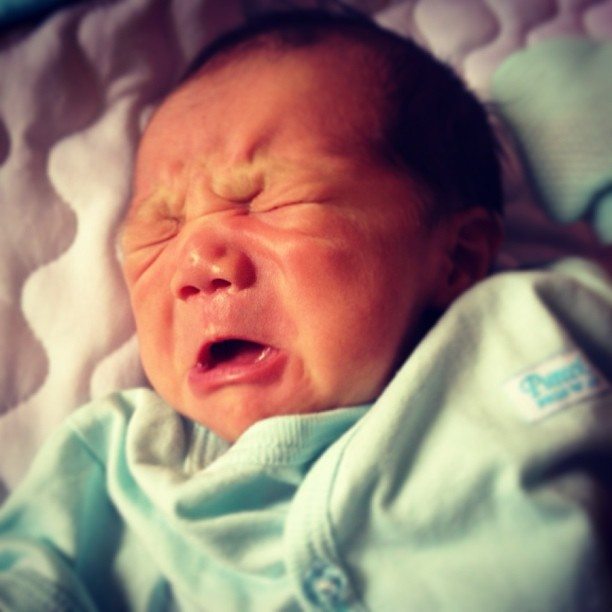 And once they’re all cleaned up, babies are also swaddled after birth to help prevent body heat loss — and keep them calm, too, according to the American Academy of Pediatrics.
And once they’re all cleaned up, babies are also swaddled after birth to help prevent body heat loss — and keep them calm, too, according to the American Academy of Pediatrics.
So how much crying can a mom expect from her newborn? “Ideally, you want to hear a couple of good cries,” says Dr. Machado. “Once they’ve opened up their lungs and they’re being soothed and warmed, then they’ll stop crying.” For the most part, a healthy newborn taking his first breaths will cry for about a minute or less. And your baby’s cries will be a part of his overall Apgar score (the R in Apgar is for “respiration”), reported Kids Health. The Apgar test is conducted one minute after birth, and then again 5 minutes later.
Although a newborn’s cries are what everyone is clamoring for in the delivery room, sometimes an OB might momentarily delay a baby’s first cry. If a baby passes meconium (i.e. baby poop) during labor or delivery, the labor and delivery team will work to clean the baby first before she takes her first breath so that she doesn’t accidentally inhale it. Breathing in poop can cause MAS (meconium aspiration syndrome), which can potentially lead to respiratory issues or even pneumonia, Parents reported. If there’s a risk that the baby has breathed in meconium —and she’s not very active— a doctor might use an endotracheal tube that’s inserted into the baby’s windpipe via her mouth or nose to suction out the poop, Kids Health stated. Then, they’ll stimulate the baby to get her to cry.
Breathing in poop can cause MAS (meconium aspiration syndrome), which can potentially lead to respiratory issues or even pneumonia, Parents reported. If there’s a risk that the baby has breathed in meconium —and she’s not very active— a doctor might use an endotracheal tube that’s inserted into the baby’s windpipe via her mouth or nose to suction out the poop, Kids Health stated. Then, they’ll stimulate the baby to get her to cry.
There’s a big difference from when your baby is delivered to when she takes her first cry. “When they’re born, they’re lifeless and purple,” says Dr. Machado. “And when they make that first cry, it’s like magic. They turn into a baby.” Suddenly, the baby goes from being purple to pink, and they start moving as well, even opening their eyes to see the world for the first time.
“Crying is the key to life,” says Dr. Machado. “It really is a miracle.” Now tell yourself that at 3:00 a.m. when your little miracle is, you know, full of life.
Family Tree - Crying of memory: why it is sometimes important for babies to cry
Childbirth is a physiological process, but this fact does not negate its pain. Rare happy mothers give birth without pain, while most endure contractions, connecting all their strength.
It's good that there are specialists who explain how pain in childbirth affects the condition of the child and the course of the process. They say, and some scientifically prove that pain is an important factor in establishing a strong emotional connection between mother and baby after childbirth. Spouses and doulas are trained to help and support with their presence and manipulation a woman who has entered a period of labor, understanding how important and necessary it is.
It's really very difficult: to withstand constant pressure from the inside on the pelvic bones and cervix for many hours.
The fact that childbirth is hard, responsible, anxious and painful for a mother is in most cases beyond doubt. What about a child?
What about a child?
The experience of a child in the process of childbirth
A person who has come into the world begins life from the experience of birth. Childbirth is a colossal experience that often turns out to be excessive.
Someone was born well and quickly, declared himself to the world with a loud victory cry and healed. And someone got lost in the basin and did not find a way out - he got scared. Someone was pulled out with forceps because he was extremely tired, like his mother after many hours of pain. Someone appeared in the world suddenly, by caesarean section. And someone, it happens, almost died ...
The fact that the pressure on the mother's pelvic bones by the bones of the child's head is painful is an indisputable fact and is accepted without a doubt, and if we say that the same pressure is no less painful for the child, if not much more due to the thinness of the bone structures, then only a skeptical view can be met.
- Come on, nature has thought of everything - it doesn't hurt him.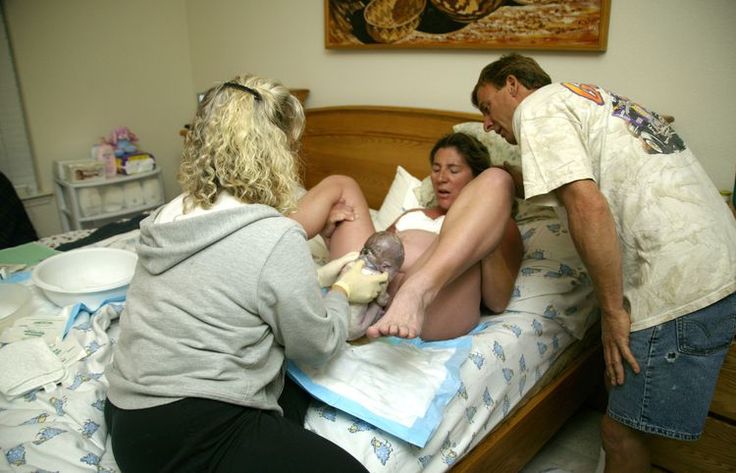
- His mom's hormones are pain relief.
- Oh, well, what can he understand at all.
- Well, no one remembers how it was: it got sick and passed - we still live somehow ...
Thoughts of adults somehow very reluctantly flow towards the fact that the baby is also in pain during childbirth. Then it turns out that it hurt me too? I don’t remember anything about my birth and I doubt it was painful. And even if so, I still don't remember. Then what is this problem at all?
How babies live their birth experience
A child and mother really have one hormonal system for two that anesthetizes them. Anesthetizes the baby exactly as much as the mother. And if mom feels pain, then it hurts him too.
And if the mother is afraid, then he is also afraid.
Over the past 30 years, many scientific works have been devoted to the influence of pain experienced in infancy on the psycho-emotional development of children.
Unlike adults who are involved in social customs and virtual worlds, young children are deeply immersed in their embodied experience. The world of the body for them is the only and priority reality. They express what they feel without holding back. And they feel the bodily experience of pain, and very sharply.
The world of the body for them is the only and priority reality. They express what they feel without holding back. And they feel the bodily experience of pain, and very sharply.
But nature really tried to come up with everything. There is an innate way to get rid of this excessive experience - the ability to cry.
This is exactly how little people try to resolve their birth experience - to cry it out to their mother or another significant adult. But, unfortunately, no one hears newborn children. Few people know that newborn babies may cry not because they need to change a diaper, feed or warm. There is also the so-called "cry of memory".
The cry of a child is the most annoying sound of all. Evolutionarily, it should encourage adults to meet the needs of the child. And the baby has only one way to talk about hunger, cold, discomfort in the present and fear and pain experienced in the past - this is crying.
All attempts to tell how scary and painful it was, ends with adults trying by all means to stop his crying of memory, trying to do something with him, mistaking him for crying of needs.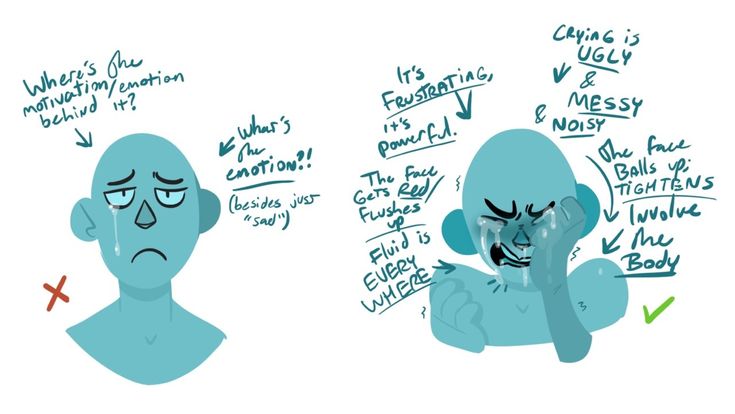
Imagine that a sudden life-threatening event has happened to you: an accident, assault or other emergency. With the last of your strength, as soon as you could, you get to a safe place and begin to talk about your sad, traumatic experience to a loved one. They listen to you, they sympathize with you. You can cry into someone's shoulder, get understanding and support. Crying in the safety and presence of trusting contact with another is a natural way to process and resolve trauma. Gradually, within a few days, you come to your senses.
Now imagine that, instead of listening to you after an attack or accident, they tried to feed you, relax you with a massage, and tried in every possible way to stop your attempts to tell something or cry?
In this case, you would try to share for a while, then you would get angry and protest, and then you would get desperate and stop trying to "unload" your grief. Resigned to the fact that your inner world is of no interest to anyone.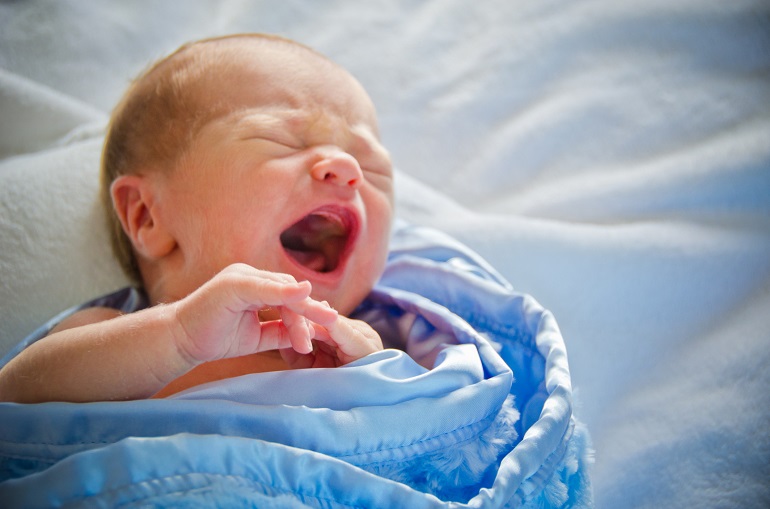
This is exactly what most parents do with newborns, not knowing or thinking that there is an innate ability to resolve emotional stress - this is the cry of memory.
How to distinguish the cry of need from the cry of memory?
The cry of need is always connected with the present moment. The baby is hungry, experiencing obvious discomfort (cold - hot, dirty, pinches the skin, tired and excited - wants to sleep, and so on). You see the cause, remove it, and the crying stops.
Crying from pain also has a reason - falls, headaches have a high monotonous spectrum of sound. The child tries not to move. Such crying is not emotional.
Colic is characterized by a tight tummy and rumbling. Crying is periodic, coincides with the onset of the spasm.
Crying of memory is usually associated with strong emotions. In the eyes of a child, fear and despair, anger and indignation. It occurs with complete external well-being. Most often in a calm environment, before going to bed.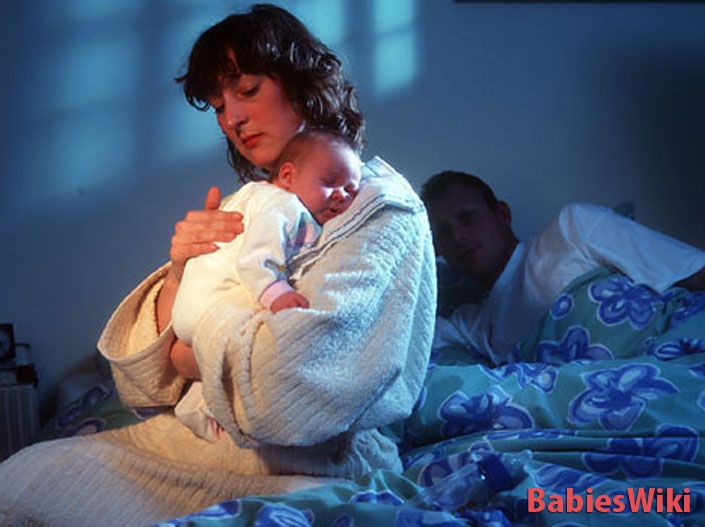
The child makes sharp jerks, arches, frantically jerks his legs in turn. Sometimes he shows the impulse that in childbirth could not be done. He pulls his ear, which he pressed very hard against the pelvis, shakes his head or hits himself on the head if he is more than 3-4 months old.
Children who hold on to traumatic experiences tend to be restless and tense. They fall asleep badly - with crying, sleep restlessly, suffer from colic. Quickly upset by a slight impulse.
How can I help my baby?
At the moment when a child begins to cry like this, one must listen to him. To be with him, to sympathize, to comfort and listen, listen and listen. Do nothing more. Just be around.
If you listen to the child, his grief can be released. The stress will subside, and things will get better on their own.
Important note for dads! Listening to the cry of memory for a mother alone can be very difficult. After all, a child's experience is her experience. This is her pain too. If something went wrong in childbirth, try to be around in the postpartum period longer. Your support is greatly needed at these times. This is how trust is built.
This is her pain too. If something went wrong in childbirth, try to be around in the postpartum period longer. Your support is greatly needed at these times. This is how trust is built.
Why does the baby cry - articles from the specialists of the clinic "Mother and Child"
Bondarenko Margarita Gennadievna
Otorhinolaryngologist (ENT)
Clinic "Mother and Child" Kuntsevo,
I want to eat!
Most often the baby cries because he wants to eat. And to understand that he is hungry is the easiest way. At first, the baby shows concern, smacks his lips, turns his head to his mother's hand, stroking his cheek, tries to put his own fist in his mouth. All this means that there is very little time left before the hungry cry. Noticing such signs, you should not wait: feed the baby on demand. Otherwise, starting to cry, he will have to spend a lot of energy trying to calm down, and therefore, he will eat less and the next time he will get hungry again too soon. In general, for children who are breastfed, during the first month of life there is no clear feeding regimen. A newborn can be applied to the breast up to 10-12 times a day.
In general, for children who are breastfed, during the first month of life there is no clear feeding regimen. A newborn can be applied to the breast up to 10-12 times a day.
I want to sleep!
The next reason for screaming is, oddly enough, the desire to sleep. Many parents think that a baby can fall asleep anytime, anywhere, and even in almost any position. No, it's not like that - he needs help. How do you know if your baby wants to sleep? It's easy to guess. At first, he will behave restlessly, cry, push out the pacifier, rub his eyes, yawn. And then he starts crying. Here, too, it is necessary to try to calm the child as quickly as possible so that he does not disperse in crying, otherwise it will be more difficult for him to fall asleep. Rituals will help: you can shake the baby, sing a song, put it in the usual sleeping place.
I'm wet!
Crying can be a signal that the baby is uncomfortable: for example, his diaper is wet. Cold and wet, they irritate the skin, so he screams: “Mom, dad, change me quickly!” Crying about this is whimpering, incessant, although it sounds either stronger or weaker, it may be accompanied by hiccups, as the child freezes in wet diapers. If the diaper is changed, and the baby is warmer to cover, he will calm down. If the child is not in diapers, but in reusable diapers, you should not relax either: they can leak or get wet inside. So, the baby is also wet and cold. If the child sleeps in one diaper all night, then he may be disturbed by a greatly increased diaper volume. And of course, children do not like to be in dirty diapers (diapers): feces quickly irritate delicate skin.
If the diaper is changed, and the baby is warmer to cover, he will calm down. If the child is not in diapers, but in reusable diapers, you should not relax either: they can leak or get wet inside. So, the baby is also wet and cold. If the child sleeps in one diaper all night, then he may be disturbed by a greatly increased diaper volume. And of course, children do not like to be in dirty diapers (diapers): feces quickly irritate delicate skin.
I'm hot!
If the baby is hot, he will also cry about it. He will begin to whimper, scatter his arms and legs, his skin will turn red, a small red rash (prickly heat) may appear under his clothes. At the same time, the temperature of the baby sometimes even rises to 37.5 ° C. This is what saves here: the child must be undressed (and removed diapers, especially disposable ones), wiped with a towel moistened with water at room temperature, and allowed to lie in the air for several minutes. Then you need to dress the baby, but in other, clean clothes. In the fight against overheating and prickly heat, a reasonable amount of clothing and a comfortable room temperature - no higher than 24-25 ° C will help, first of all.
In the fight against overheating and prickly heat, a reasonable amount of clothing and a comfortable room temperature - no higher than 24-25 ° C will help, first of all.
I'm uncomfortable!
The reason for the inconvenience can be any: the child may cry when the temperature changes, when changing clothes, changing the diaper or wiping his bottom with a damp cloth. Newborns feel more comfortable when they are dressed or wrapped in diapers, because the touch of air on the skin is not always pleasant for them. In addition, children often do not like to be changed, especially if it is winter and you have to wear a lot of clothes. There is only one way out: learn to act as quickly as possible, causing the crumbs a minimum of inconvenience.
A few words about clothes. It is better not to buy clothes with fasteners on the back and coarse seams inside - the baby may not like it. And sometimes even the slightest thread or hair caught between the clothes and the skin of the baby causes him great inconvenience.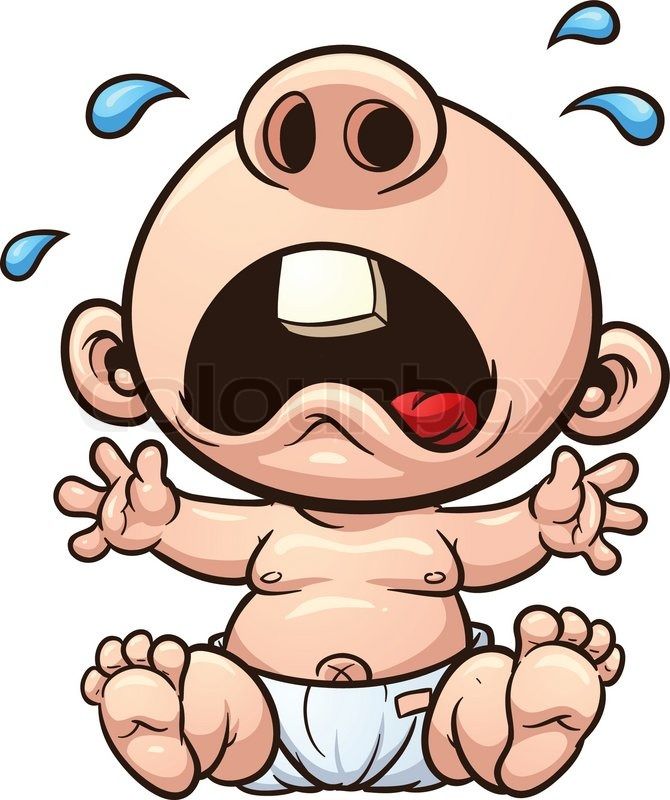
I want attention!
Attention and tactile sensations are very important for a child. He loves to see the faces of his mom and dad, hear their voices, communicate with them. But so far, the baby cannot ask his parents to take him in his arms, read him a fairy tale, sing a song, play - but this does not mean at all that he does not need it. Therefore, crying, the baby wants to be paid attention to, requires communication. Do not worry that the baby will get used to the hands too much. While he is so small, he needs to feel a sense of security - it is this that will later help him gain confidence in his abilities. Well, different cradles, deck chairs, playpens, child seats will only help mom and dad free their hands and at the same time place their beloved child next to them.
Once you learn to understand your baby's “language”, you will see that the reasons for crying vary from case to case. A little time and patience - and very soon you will understand what the child wants, already from the first seconds of his discontent.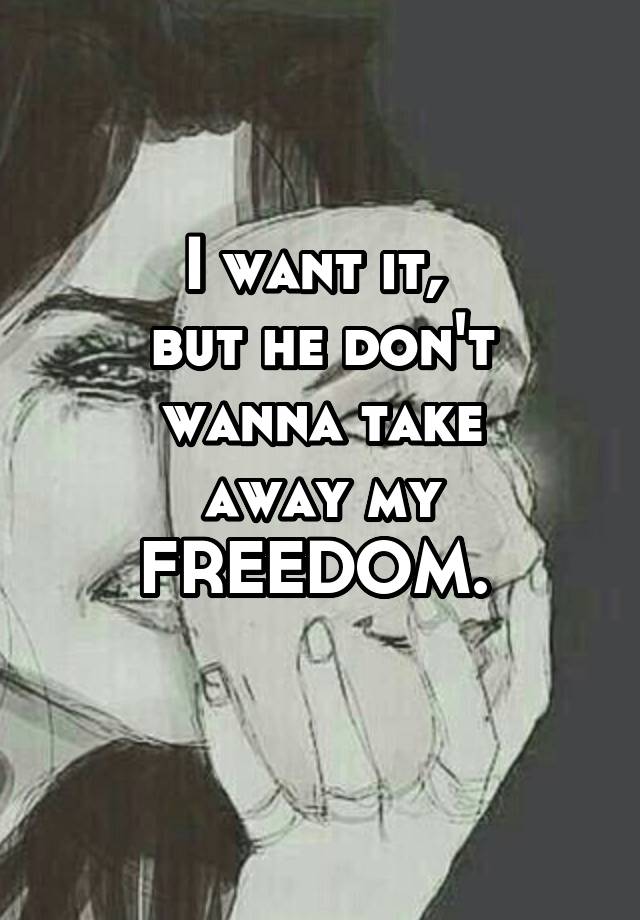
Make an appointment
to the doctor - Bondarenko Margarita Gennadievna
Clinic "Mother and Child" Kuntsevo
Pediatric otorhinolaryngologyFor childrenDispanserizationMonitoring of children at home0003
By clicking on the send button, I consent to the processing of personal data
Attention! Prices for services in different clinics may vary. To clarify the current cost, select a clinic
Clinical Hospital MD GROUPClinical Hospital Lapino-1 "Mother and Child"Children's Clinic KG "Lapino" on New Riga (branch)Clinic "Mother and Child" KuntsevoClinic "Mother and Child" SavelovskayaClinic "Mother and Child" South-WestClinic "Mother and Child" » Novogireevo
All directions
01.
Kinesiotherapy for children
02.
Specialist consultations (adults)
03.


